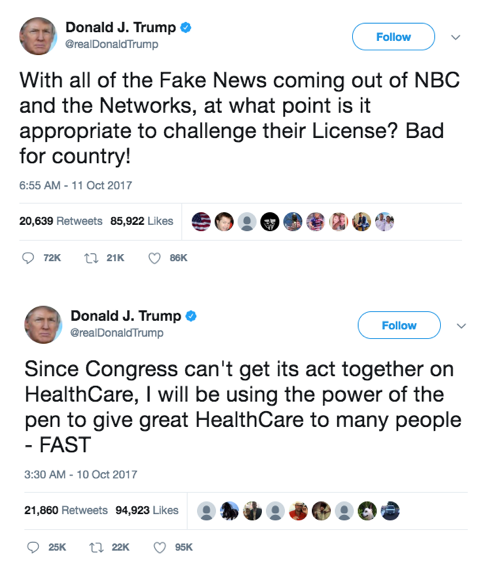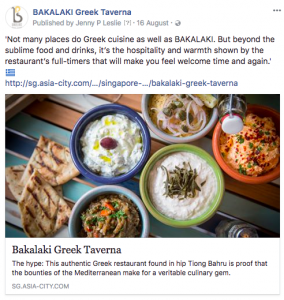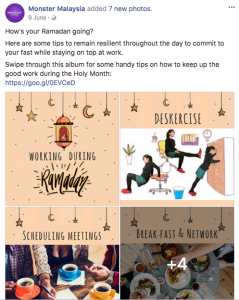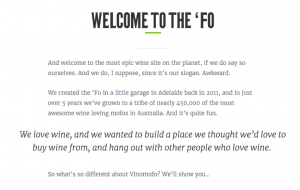People employ designers for a variety of reasons: their company’s website requires a facelift, they need a hip logo for their book club, or they want to impress a client with cool infographics. Working with us designers can be a fun, seamless, and painless process…but only if you avoid committing these five cardinal sins:
Being vague with instructions and feedback
“Make it pop? Sure. By the way, I’ll be sending you an invoice for my mind reading services, too.”
Be as specific as possible when it comes to giving designers with instructions, direction or feedback on a project. Ambiguity isn’t going to help you achieve what you need, and will only leave the designer feeling stumped. To minimise frustration, be clear, direct and transparent when providing feedback to your designers. We are not psychic, and do not work well with meaningless phrases such as “make it pop” (how?), or “make this more yellow” (what kind of yellow?) or “this artwork is missing an X-factor” (What, exactly, is the X-factor for you?).
Designers are visual creatures, so use that to your advantage! It only takes a few minutes to throw together a mood board, which is a thematic collage that captures the essence of what you want the final artwork to look like. Attach examples of other projects in line with your vision so your designers can better ascertain the aesthetic you’re aiming for.
(Source: Electric Trends)
Getting your designer to work on non-editable files/low resolution images.
To effectively solve your business problems, we need tools that will help us get the job done. This includes assets such as working, editable files (think Adobe Creative Suite, not JPGs or PDFs), font files, text which can be copy-pasted and high-quality images (72 DPI for web and 300 PPI for print, as increasing the size of a low-resolution image would lead to pixelation) for efficiency. Heads up: screenshots and Microsoft Powerpoint or Word files do not count as design assets, as we cannot modify them.
(Source: Yearbook Machine)
Providing inadequate content
Designers are not magicians and cannot conjure artworks out of thin air. If you don’t provide assets or content for us to work with, you are setting everyone involved in the project up for failure. When giving us the design brief, it’s okay not to have all content in place. However, expecting the designers to rely solely on placeholder text and images to work with will only create the possibility of several rounds of re-design. If there is no finalised content, there can be no design.
On the other hand, dumping a mountain of content on us and expecting us to sift through the suitable parts will cause us to miss our deadlines, both internal and external. If you are the kind of person who expects work to be turned around quickly, make both our lives easier by providing us with the relevant, approved content so that there is minimal back-and-forth.
Expecting your designers to make changes instantly
The adage “good things come to those who wait” has never been more applicable. For the duration of the project, changes both major and minor are expected. However, expecting your designers to complete all edits in an hour is rather unreasonable.
Don’t underestimate the time needed to incorporate changes – even if the change seems simple to you, it may not actually be an easy fix. To save time, it is best to collate all edits and hand it over to your designer, and do try your best to keep the rounds of changes to a minimum. For everyone’s sanity.
Setting the deadlines without consulting the designer
The luxury of time is something we designers do not possess, as we are usually juggling multiple projects. If you give us unreasonable timelines, we will not be able to deliver. Procuring assets, loading files onto our digital workstations, conducting research and ideation, designing, editing, and testing digital platforms are time-consuming processes.
Never set a deadline without prior consultation with your designers. By having a chat about what’s an appropriate turn-around time expectations on both sides are adequately managed and no one will be disappointed.
Need a designer to whip up some beautiful artwork for your marketing campaign? Chat with us at [email protected]









